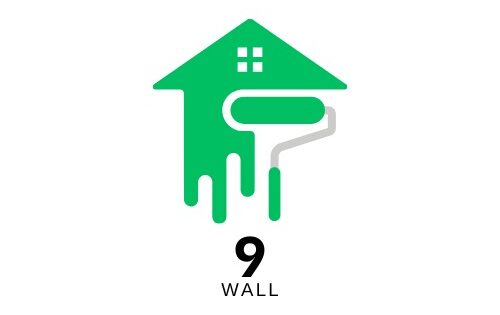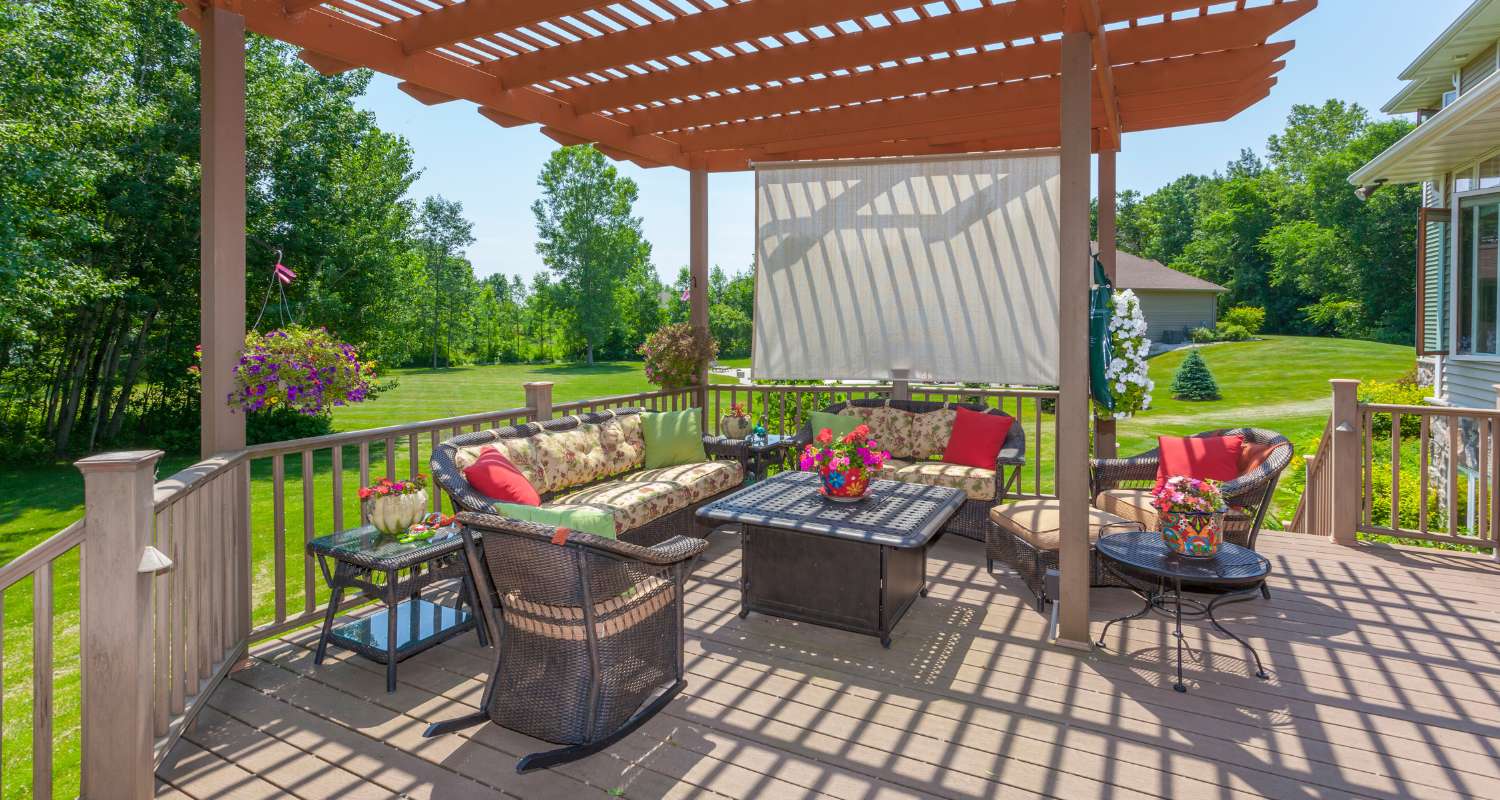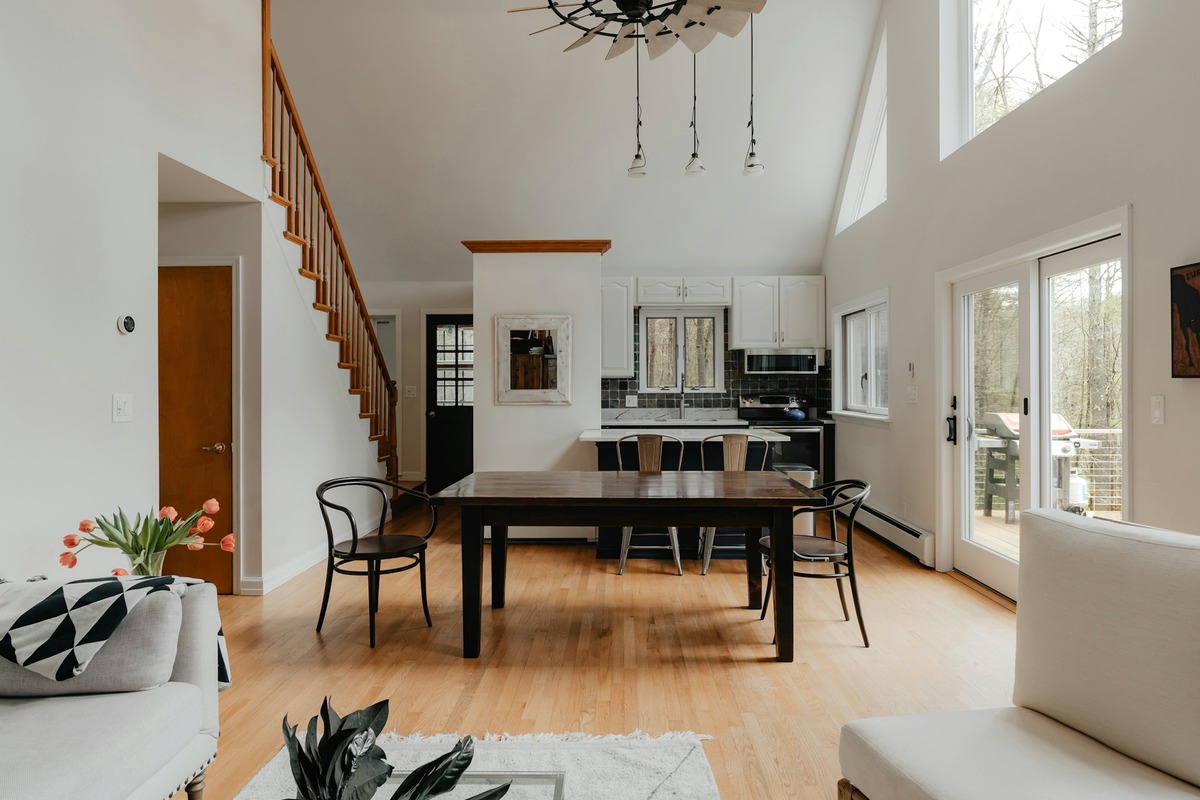Key Takeaways:
- Designing an outdoor deck involves creativity, functionality, and alignment with the home’s aesthetics.
- Consider materials, space utilization, and maintenance to create a lasting impression.
- Environmental factors play a crucial role in determining the longevity of your deck.
- Understanding the design basics can help in creating an inviting outdoor space.
Table of Contents:
- Introduction to Outdoor Deck Design
- Choosing the Right Materials
- Space Optimization on Your Deck
- Understanding Maintenance Needs
- Designing for Aesthetics and Functionality
- Environmental Considerations
Creating an outdoor deck is an excellent way to enhance your home’s aesthetic appeal and functionality, providing an inviting space for relaxation and entertaining guests. Expanding your living area into the outdoors gives you the best of both comfort and nature. A well-thought-out deck design adds value to your property and enriches your lifestyle with its utility and charm. Whether starting from scratch or remodeling an existing structure, seeking guidance from a professional deck builder can simplify the complexities of crafting the ideal outdoor space that seamlessly integrates with your home’s existing architecture.
Many factors make a deck appealing and durable, from selecting the perfect combination of materials to understanding the ongoing maintenance requirements. Thoughtful consideration of these elements will ensure that your deck remains an enjoyable part of your home environment for years. This comprehensive guide explores each facet of deck design, offering insights and tips for crafting your outdoor haven.
Introduction to Outdoor Deck Design
Outdoor decks are a natural extension of your living space, offering a sanctuary for unwinding in solitude or hosting lively gatherings. The key to a successful deck is its design, where aesthetics harmonize beautifully with practicality. When envisioning your deck, consider your style and how the space will complement your home structure. The aim is to create a seamless indoor-outdoor transition that feels like a natural extension of your living area, adaptable to various activities and seasons.
Choosing the Right Materials
Choosing the suitable materials is a decisive step that significantly impacts your deck’s longevity, appearance, and upkeep requirements. While traditional wood remains famous for its natural beauty and character, composite materials offer impressive durability and lower maintenance. Modern options like PVC provide excellent weather resistance, making them ideal for climates with heavy rainfall or sun exposure. Every material comes with its unique set of advantages and challenges. Thus, research and alignment with your specific needs and local conditions are imperative for a wise decision.
Space Optimization on Your Deck
Space optimization is vital in deck design to ensure comfort and functionality. Consider how you plan to use this space and arrange elements to maximize utility. Efficient layouts often divide the deck into zones—such as dining, lounging, and cooking areas—allowing for smooth flow and enhanced usability. An optimized, well-planned deck layout maximizes the available space and improves user experience by offering an inviting environment for relaxation and entertainment.
Understanding Maintenance Needs
Proper maintenance is essential for preserving your deck’s allure and performance. Maintenance routines may vary in frequency and type depending on your chosen materials. Natural wood decks benefit considerably from periodic sealing and staining to prevent water damage and prolong lifespan. Composite and PVC decks often require less upkeep but still benefit from routine cleaning to maintain their pristine look. A well-maintained deck retains its charm longer and ensures safe and secure usage.
Designing for Aesthetics and Functionality
The balance between beauty and practical use is crucial when designing a deck. Aesthetic considerations include choosing complementary color schemes, incorporating architectural features, and adding adequate lighting for ambiance. Concurrently, functionality should drive decisions about furniture selection, railing styles, and access points. By seamlessly integrating aesthetics and utility, you create a deck that delights visually and suits various practical needs.
Environmental Considerations
Your local environment significantly influences your deck’s design and sustainability. Climate, weather patterns, and local wildlife are all factors that can affect the durability of outdoor structures. Use durable materials that complement regional weather conditions to reduce wear and prolong the lifespan of your deck. Also, consider using eco-friendly options that minimize environmental impact while upholding quality and endurance.





